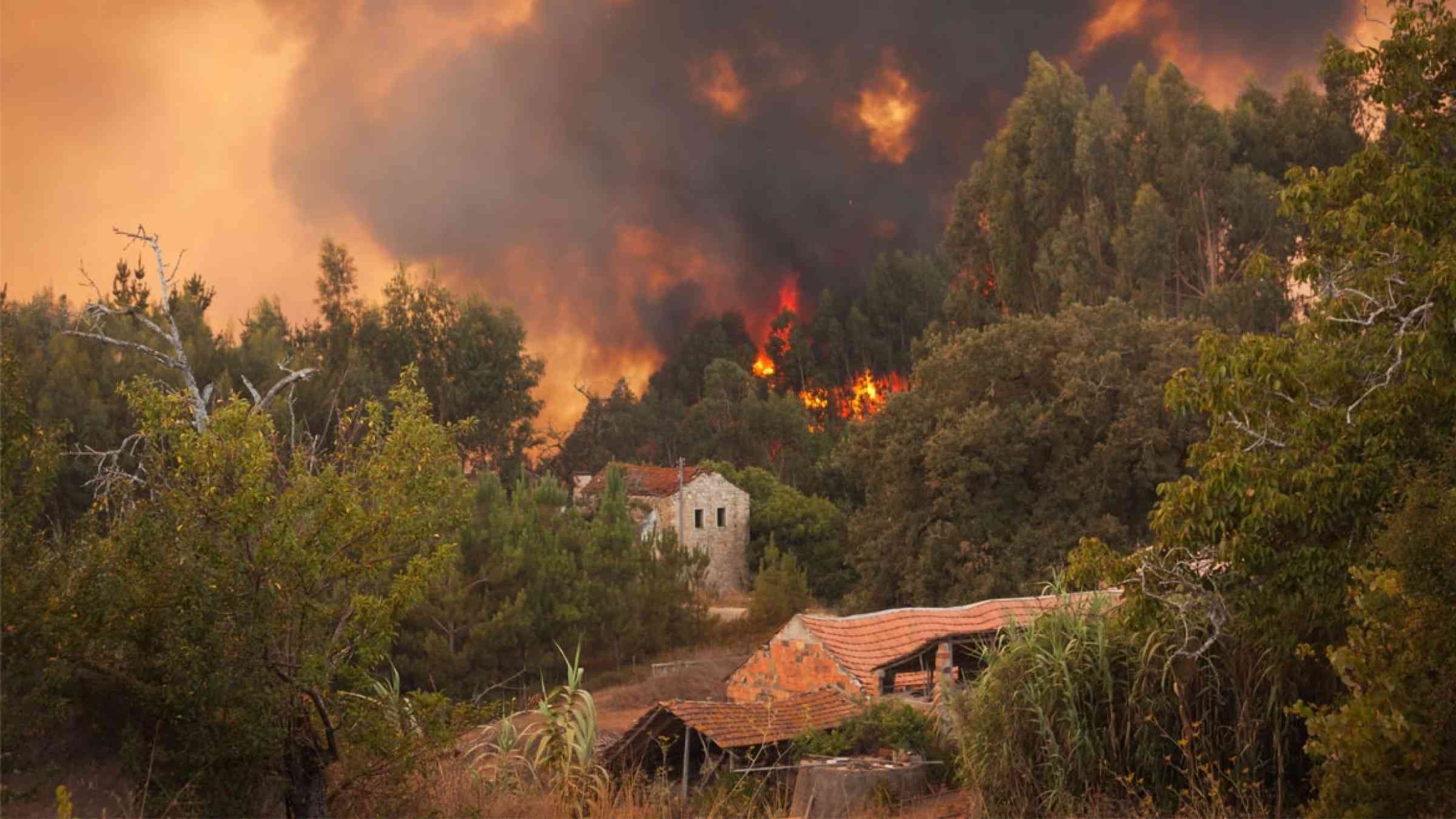JRC report on forest fires: climate change is more noticeable every year

After the worst-ever year in 2019, 2020 was another year in which fires burnt large areas of natural land in Europe. Despite the increased level of preparedness in EU countries, about 340 000 hectares (ha) burnt in the EU in 2020, which is an area 30% larger than Luxembourg.
The 2021’s fire season is even worse. At the time of the release of this report, almost 0.5 million ha have gone in flames, 61% of it being forests that will take years to recover. About 25% of the zones that burnt in Europe were inside the Natura 2000 sites, the EU reservoirs of biodiversity. The EU has reinforced in 2021 its capacity to assist countries during this fire season, and this has already been extensively used for the large fires that hit the Mediterranean region this summer.
Climate change is more noticeable every year. A clearly observable increasing trend shows higher levels of fire danger, longer fire seasons and intense fast-spreading “mega fires”, on which traditional firefighting means have little power.
This year, about 130 000 ha were already burnt by the end of June, which marks the traditional start of the fire season. Fires no longer affect southern states only, but are a growing threat also for central and northern Europe. The overwhelming majority of fires in the EU, more than nine out of 10, are caused by human actions; public awareness and educational campaigns about the risk of fires are key to prevent disasters.
Key findings of the report
- The 2020 report on forest fires shows that Romania was the most affected country, followed by Portugal, Spain and Italy, as highlighted by national reporting;
- Wildfires heavily affected Europe’s ‘Natura 2000’ protected areas: the total areas burned in 2020 was 136 331 ha – about 40% of the total are burned – slightly less than in 2019 but above the average of the past 9 years;
- As in 2019, unfortunately, Romania accounted again for almost half of the total burnt area within Natura2000 sites, mostly occurring in the Delta Danube Nature Reserve;
- In 2020, fires of over 30 ha affected 20 of the 27 Member States, burning 339 489 ha in total, which is slightly above the amount recorded in 2019;
- Sadly, more people have lost their life in the 2020 fire season compared to 2019: national reporting from Spain recorded six causalities, four of them belonging to firefighters;
- The Copernicus Emergency Management Service rapid mapping was activated 17 times to for detailed mapping of forest fires in 2020, which is less than the activations in 2021 so far;
- The EU Civil Protection Mechanism was upgraded with a fleet of firefighting aircraft via rescEU in 2020, reinforcing its capacity to assist countries during this fire season.
The forest fire season in 2020 was characterised by a large number of wildfires during the first half of the year. Fires burst in winter over the Danube delta and in the Pyrenees, and in spring mainly over the Balkan region.
During summer and autumn, the most affected were the Mediterranean countries, specifically Spain and Portugal, which recorded the largest fire events in the EU for 2020. The largest wildfires of the year occurred outside the EU, in Ukraine near the Chernobyl buried nuclear reactor.
Although fire danger conditions during the fire season peak were not favourable, the EU Mediterranean countries were able to contain the wildfires that occurred. However, given the high number of fires in winter and spring, the total burnt area over 2020 in the EU was above the average for the period 2008-2019.
